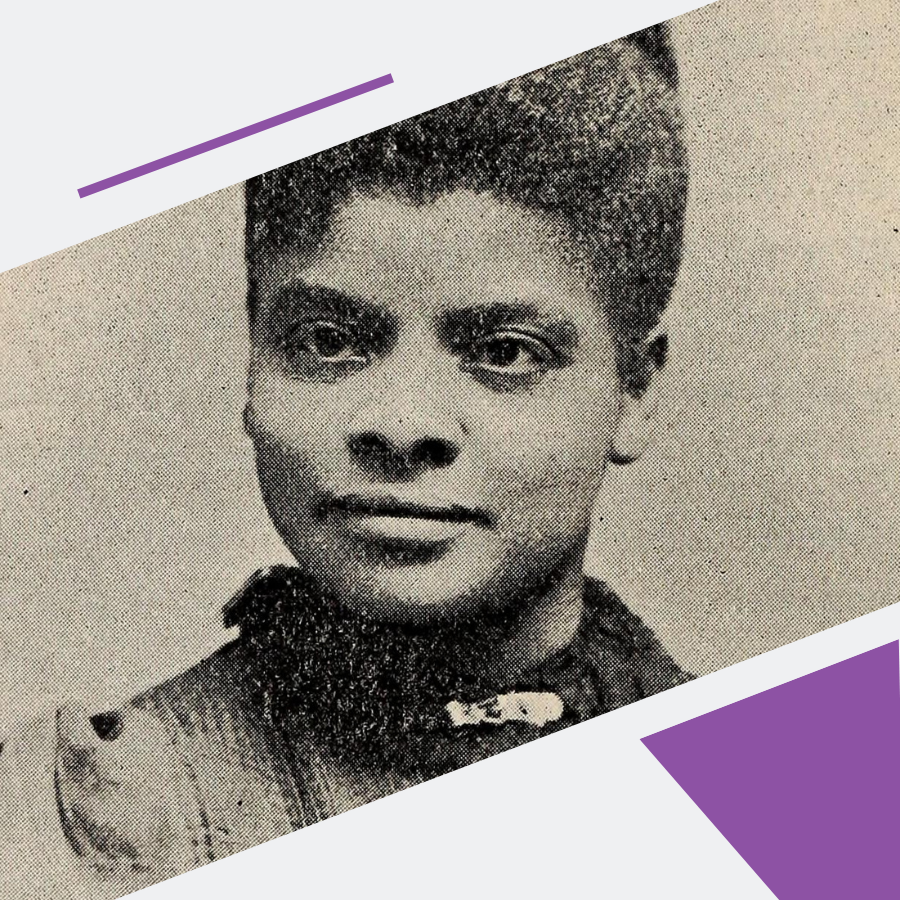Note: The Association for the Study of African American Life and History has made this year Black History Month’s theme Black Resistance, which analyzes how Black people have historically rallied against political and societal oppression.
When Ida B. Wells documented a total of 241 lynchings in Southern Horrors and The Red Record in the 1890’s it subjected unthinkable danger. Her works challenged yellow journalism (journalism based on sensationalism and crude exaggeration, see also: Fox News) by disputing claims Black men were being lynched as revenge for raping white women. She also denounced lynchings as the “last relic of barbarism and slavery.”
That same decade, Wells’ editorial in Memphis Free Press and Headlight sparked a riot which not only led to a mob destroying the newspaper’s office but Wells fleeing from her home to save her life. The 29-year-old penned the piece days after her friend, grocery store owner Thomas Moss, had been lynched and mutilated alongside two of his workers, Calvin McDowell and Will Stewart. Their murders did not stem from a sexual assault but a dispute stemming from children playing marbles. Her words — which called the narrative of predatory Black men a “threadbare lie” — also drew ire from White newspapers who further fanned those flames by deeming her a “Black scoundrel.”
“I’d rather go down in history as one lone Negro who dared to tell the government that it had done a dastardly thing than to save my skin by taking back what I have said.”
Ida B. Wells
Wells was in Philadelphia when a mob destroyed her newspaper, leading her to relocate in Chicago. Nevertheless, she continued to shine a light on lynching while traveling throughout the United States and Europe. Wells gravitated toward Chicago due to TK activist landscape at the time. She would reside there for the remainder of her life.
In addition to her anti-lynching advocacy, Wells’ intersectional activism also included her fight for gender equality. She participated in the 1913 suffragist parade in Washington, D.C., though she was told march at the back of the parade with the segregated contingent, as the only Black woman in the Illinois delegation. The Nineteenth Amendment, which gave women the right to vote and Natalia wrote about here, was ratified seven years later in 1920.
Lifting as she climbed, Wells would establish the National Association for the Advancement of Colored People (NAACP) and the National Association of Colored Women.
The way to right wrongs is to turn the light of truth upon them.
Ida B. Wells
Wells, who died in 1931, was posthumously awarded a Pulitzer Prize in 2020. Also in her honor, the Ida B. Wells Society for Investigative Reporting was established in 2016 to “showcase the work of investigative reporting on the Black experience” and highlight often-overlooked Black reporters.
Recommended Reads:
Crusade for Justice: The Autobiography of Ida B. Wells by Ida B. Wells
Yours for Justice, Ida B. Wells: The Daring Life of a Crusading Journalist by Philip Dray and Stephen Alcorn

